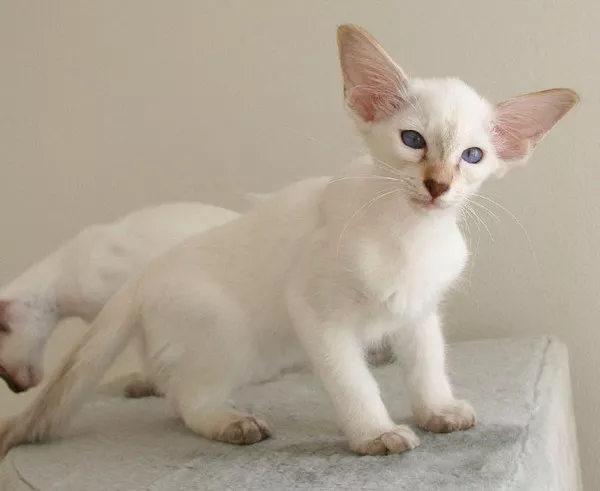Allergic reactions to cats are a common concern for many individuals who love feline companionship. However, certain cat breeds are often touted as hypoallergenic, meaning they are less likely to cause allergic reactions in sensitive individuals. One such breed is the Balinese cat. In this article, we will explore the question: Are Balinese cats really hypoallergenic?
Understanding Allergies:
To understand the hypoallergenic qualities of Balinese cats, it’s essential to grasp the basics of cat allergies. Most people who are allergic to cats are actually reacting to a protein called Fel d 1, which is present in their saliva, urine, and dander. When cats groom themselves, Fel d 1 proteins become airborne and can trigger allergic reactions in susceptible individuals.
Balinese Cats: An Introduction:
The Balinese cat is often referred to as the long-haired Siamese, owing to its striking resemblance to the Siamese breed but with longer fur. They have a sleek body, deep blue almond-shaped eyes, and a luxurious coat that does not mat easily. Balinese cats are known for their affectionate and playful nature, making them popular pets for cat lovers.
Hypoallergenic Claims:
Many sources claim that Balinese cats are hypoallergenic due to their low production of the Fel d 1 protein compared to other cat breeds. It is believed that their genetic makeup and unique coat structure contribute to this reduced allergen production. The length and texture of their fur may prevent allergens from becoming airborne or sticking to surfaces, thus reducing exposure.
Scientific Research on Hypoallergenic Qualities:
While anecdotal evidence suggests that some individuals with cat allergies tolerate Balinese cats better than other breeds, scientific research on the hypoallergenic claims is limited. A study published in The Journal of Allergy and Clinical Immunology found that Balinese cats produce lower levels of Fel d 1 allergen compared to other cat breeds. However, it is important to note that even though their allergen levels may be lower, they are not completely allergen-free.
Individual Sensitivities:
It’s crucial to understand that allergic reactions can vary from person to person. Some people may experience mild symptoms such as sneezing, itching, or a runny nose, while others may have more severe reactions. The extent of an individual’s sensitivity to cat allergens depends on various factors, including their immune system, the level of exposure, and overall health.
Reducing Allergen Exposure:
Even if a cat breed is considered hypoallergenic, it does not guarantee that all individuals with allergies will be symptom-free. However, there are steps that can be taken to minimize allergen exposure and create a more comfortable environment for allergic individuals:
1. Regular Grooming: Frequent grooming of Balinese cats can help reduce the amount of loose hair and dander in the environment. Brushing their coat regularly can also help prevent matting and tangling.
2. Air Purifiers: Installing high-quality air purifiers with HEPA filters can help remove airborne allergens, including cat dander, from the indoor environment.
3. Cleaning: Regularly cleaning surfaces, vacuuming carpets, and using specialized pet dander wipes can help remove allergens from the home.
4. Creating Allergy-Free Zones: Designating certain areas of the home as “cat-free” zones can provide a retreat for allergic individuals and minimize their exposure to allergens.
Consulting an Allergist:
Individuals with known cat allergies should consult an allergist before bringing a Balinese cat into their home. An allergist can conduct specific tests to determine a person’s sensitivity to cat allergens and provide personalized recommendations based on their findings. They can also offer advice on managing allergies and help individuals make informed decisions about cat ownership.
Conclusion:
While Balinese cats are often considered hypoallergenic due to their lower production of the Fel d 1 protein, it is important to remember that no cat breed is entirely allergen-free. The hypoallergenic qualities of Balinese cats may vary from person to person, depending on their individual sensitivities. Creating a low-allergen environment through regular grooming, cleaning, and air purification can help reduce exposure for allergic individuals. Consulting an allergist is highly recommended before bringing any cat into a home with allergy concerns. Ultimately, the decision to adopt a Balinese cat should be made after careful consideration of an individual’s allergies and their ability to manage potential symptoms.























